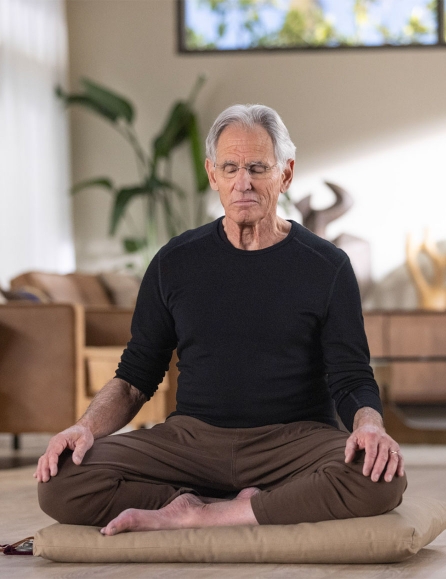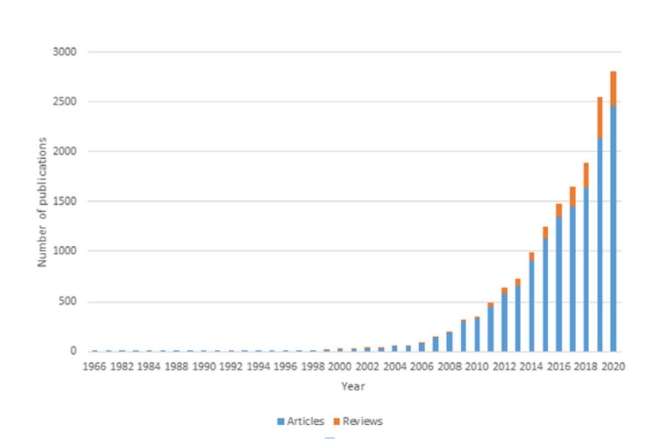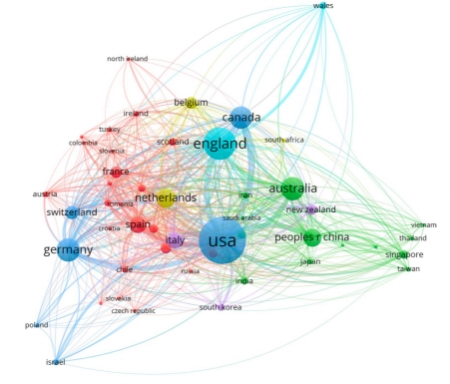

Taking your seat in formal mindfulness practice is actually taking a significant stand in your life.
An Inclusive Vision
For decades, Jon Kabat-Zinn, the developer and founder of mindfulness-based stress reduction (MBSR) has been an exponent of bringing the ancient Buddhist meditation practice known as mindfulness (in its most universal articulations as both a formal meditative discipline and as a way of being) into the mainstream of medicine, health care, science, and beyond — not merely for individuals, but as an effective way to heal and transform the world.
A Public Health Initiative at Heart — Moving the Bell Curve of Society Toward Greater Levels of Health and Wellbeing
From its beginning in 1979, MBSR was envisaged as a public health project rather than a therapy. The aim was, over time, to move the bell-curve of society in the direction of greater health and wellbeing on every level, from the individual medical patient or person trying to optimize their health, to society more broadly, and to the health of the planet as a whole — since one cannot be fully healthy in an unhealthy and toxic world. Mindfulness, in all its guises, is essentially a universal approach toward suffering, especially suffering caused by our all-too-human tendency to be caught up in unhealthy mindsets as well as, often, circumstances much larger than we are which sometimes make it difficult to be fully at home in our own bodies and our own lives. Whatever it is for each of us that prevents us from recognizing and embodying our own beauty and belonging in the face of “the full catastrophe” of the human condition, mindfulness as both a formal meditation practice and as a way of being rapidly makes it evident that awareness itself is already free, both liberated and liberating from such automatic and usually unrecognized habits of mind. If you want to, you can call it “your” awareness. But in reality, awareness is more a signature of being human than something any of us can lay claim to as being “mine.” Same when we say “my body” or “my mind” — we don’t really know who is claiming that. But that doesn’t mean it is not all sacred and needs honoring on any and every level that promotes deep well-being, a sense of security and safety, and belonging.
For that reason alone, taking your seat in formal meditation practice is actually taking a significant stand in your life. It is an activist position, one might say — even though at first it might appear to be quintessentially passive. Taking a stand in this way to tap into what is deepest and best in yourself requires a significant degree of motivation. That motivation can only come from you. The guided meditations in the JKZ Meditations App or in the Downloads section are meant to offer a range of opportunities and practices for bringing formal mindfulness meditation practice into your life, and even more, for living mindfully in everyday life, moment by moment by moment.
That said, one size does not fit all. Happily, in the past two decades, interest in mindfulness and its cultivation has blossomed in many different domains, and there are now many diverse approaches available for learning how to cultivate it in your own life. These include the need for more widespread recognition and honoring of various forms of trauma that we may be carrying as well as its downstream effects, both subtle and overt, on how we see ourselves and how we relate to others and the worlds we inhabit. As has always been the case but is now becoming increasingly well-understood, these domains of past harms carried into the present need to be approached with care and sensitivity, kindness and understanding. So if one mindfulness approach or teacher does not appeal to you, it is important to trust your intuition and keep looking for the doorway that is instinctively right for you. Click here for a range of resources and mindfulness teachers that might help you locate, begin, or further your own trajectory toward realizing and embodying your own wholeness and beauty.
Jon was inspired in part to found MBSR at the University of Massachusetts Medical Center (now UMassMemorial Health) by the 1979 US Surgeon General’s Report, Healthy People. Since that time, an entire field of scientific research has documented remarkable changes at the level of the body, the mind, and society more broadly that take place via the cultivation of mindfulness. Since the early 2000s, that research endeavor has been growing exponentially (see graph), and is presently a world-wide phenomenon. In 2022, he discussed this original inspiration, and the role of mindfulness in public health with U.S. Surgeon General, Dr. Vivek Murthy.

Peace and the Domain of Being
Indra’s Net

This website is meant to be a resource on a number of different levels, inspired by the ancient Indian image of Indra’s Net, a model of the universe in which at every node of the net is a multi-faceted diamond, and each facet of each diamond reflects all the other diamonds in the net — an ancient image of the interconnectedness of the universe, preceding by thousands of years our visualizations of the global internet.
Being human, you are a beautiful and essential node in this net, and the regular practice of mindfulness can help you to realize (in the sense of making real) that essential nature, sometimes spoken of as your true nature, or who your really, really, really are, and offer it to yourself and to your family and wider community and world in whatever ways make sense to you.
As one node of this infinite web, this website aims at providing a range of links to programs that are furthering the movement of mindfulness (which we need to also think of as heartfulness) into the broader world, so that as you develop and deepen your own individual meditation practice, you can also connect with like-minded individuals, communities, and groups around the world that are engaging in mindful pursuits that contribute to the healing of the world.